
History Highlights
1600’s
Mid 1600’s
1635
1636
1642
1647
Early 1700’s
Mid 1700’s
1751
1787
Late 1700s
1800’s
Early 1800’s
1821
1827
1828
1836
1837
1837
Mid 1800’s
1848
1854
1918
1930
1944
1958
1600’s Dame Schools established
New England’s dame schools were the pre- cursor to the primary school. Here older women, such as widows and housewives, would teach children the three R’s, frequently in the kitchen area of their homes. If girls were given any education, it was at a dame school, and likely it was in sewing and homemaking skills. Rudimentary mathematics and numbers were not viewed as having importance in the early years, at least not as important as reading and some writing and it was predominantly boys who were taught this. School could last for a week, several months, or a year, depending on the needs of the community.
Mid 1600’s First colonial schools established
Literacy was important to these new Americans in order to assure religious salvation, and reading and religion formed the basis of the curriculum. For every child in New England, some type of schooling was available. Although citizens were obligated to pay some of the expense, those too poor to pay could also send their children to school.
1635 Boston Latin School was founded
For those privileged to do well in school and who came from families that could afford to continue their child’s education, Latin Grammar schools were founded and focused on a classical curriculum defined as the study of classical languages and literature (primarily Latin and some Greek).
1647 Northern Colonies
The Northern Colonies were settled mainly by the Puritans, a reli-gious group from Europe. In 1647 another law was enacted in Massachusetts that required towns to provide education for their youth. This law, was referred to as the Old Deluder Satan Act. The Northern colony schools influenced early school laws and common elementary school due to economics.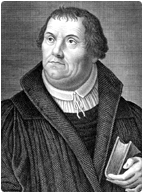
Early 1700’s Literacy rate rises
Education continued to be viewed early on as the best defense against sin, as a way to preserve religious belief, and as the measure of a citizen’s ability to participate actively in the governance of his or her community. People who lived in the New World valued learning as a way to improve themselves and participate in civic life together. By the early 1700s, for example, such an emphasis had been placed on education that the early New England colonists exceeded the literacy rate compared to those who lived in England.
Mid 1700’s Academies developed
A shift in the curriculum occurred during this time from the classical study of Latin to a broader curriculum that included mathematics and science, as well as practical subject matter such as agriculture or mapping and geography. These academies became increasingly popular, and because their mission and curriculum was larger in scope began to push out Latin Grammar schools.
1751 The Academy of Philadelphia established
Benjamin Franklin first proposed the idea of an academy in 1751. Franklin argued that all subjects should be taught in the English language to all students. Moreover, he advocated for a practical nature of learning to be included, skills that would assist the young person later in life in his daily life and work.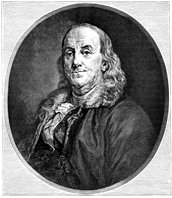
1787 Northwest Ordinance of 1787
In the proclamation of the Northwest Ordinance of 1787, education was viewed as being of utmost importance for the settling of the new territories which included what is now Ohio, Indiana, Illinois, Michigan, and Wisconsin.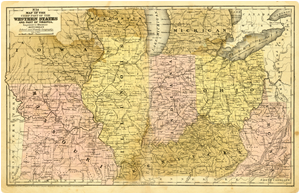
Late 1700s Schools for African-American students established
In the earliest days of the country’s his- tory and well into the 20th century, access to education was difficult for African American children and their parents. In the late 1700s and early 1800s, schools for African Americans were sup- ported by private families or by donations and goodwill offerings by Whites.
1800’s Citizens determined type of education
By the early 1800s, citizens were used to being able to determine what type of education they wanted. Most early schools that played a role in education were essentially private schools from the earliest part of the nation’s history. Private schools were used to maintain religious beliefs, and different denominations of Christianity supported their own schools and curriculum.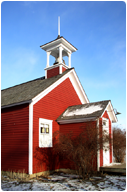
Early 1800’s Horace Mann and Common School Movement
The common school movement in the early part of the 1800s was a milestone in the United States. In Europe children were educated at differing levels depending upon their social class and status. In Mann’s democratic experiment, education came to be viewed as a significant way of ensuring a universally informed citizenry, people who would participate in local and national politics with understanding of broad issues. He wanted to keep educational issues before the public.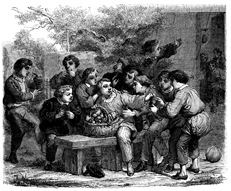
Mid-1800s New immigration fueled industrialization
The development and expansion of common schools existed alongside unprecedented levels of immigration and in a context of rapid industrialization. This meant that the numbers of students in schools was increasing rapidly as well, and this was felt per- haps most acutely in the nation’s urban school systems. One approach to educating large numbers of poorer students in the urban schools was known as the monitorial system, a cross-age peer tutoring system, in which older students would instruct younger students under the guidance of an educated adult teacher.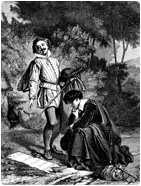
1944 GI Bill of Rights passed
This Bill allowed tuition and stipends for those who served in the military.